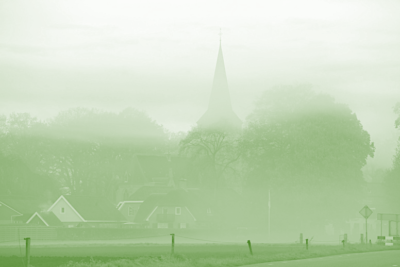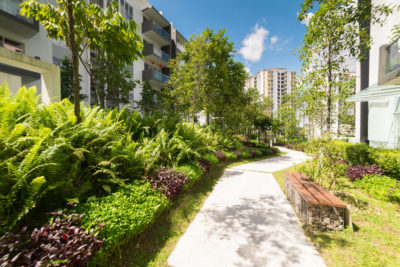Well-being, expressed in value
Governments book green spaces as a cost item when in fact they represent an important economic and social value.
Increasing the value of the home as a contribution to well-being Forests, landscape planting and thus also food forests contribute to well-being and public health and are a place for rest and recreation. During the Covid-19 pandemic, it has become apparent that people need forest and nature in order to relax. Just close to home.
Homes in a green environment usually have a higher value. The village and city forests make the largest contribution to the increase in value, because they are usually located directly in the vicinity of homes. These homes therefore also have a higher WOZ value .
More than an economic benefit
The calculations show that the creation of 750 hectares of forest and landscaping will lead to a potential appreciation of residential and commercial properties of almost 6.7 million euros. The village and city forests con tribute relatively the most to the increase in value, because they are often built directly in the vicinity of homes and thus have a higher influence on house prices.
The construction of 90 hectares of village and city forests will lead to an increase in value of 4.5 million euros. When this is compared with the investment costs for village and city forests, it is striking that three quarters of the investment costs are, as it were, recouped by the increase in the value of the houses. *
In short, it pays to make residential areas greener. It provides us with both an economic and a societal contribution .
* Ruijgrok, ECM 200. Key figures Valuation of Nature, Water, Soil and Landscape. Tool for SCBA’s. Deventer, Witteveen + Bos & Ministry of Agriculture, Nature and Food Quality.


